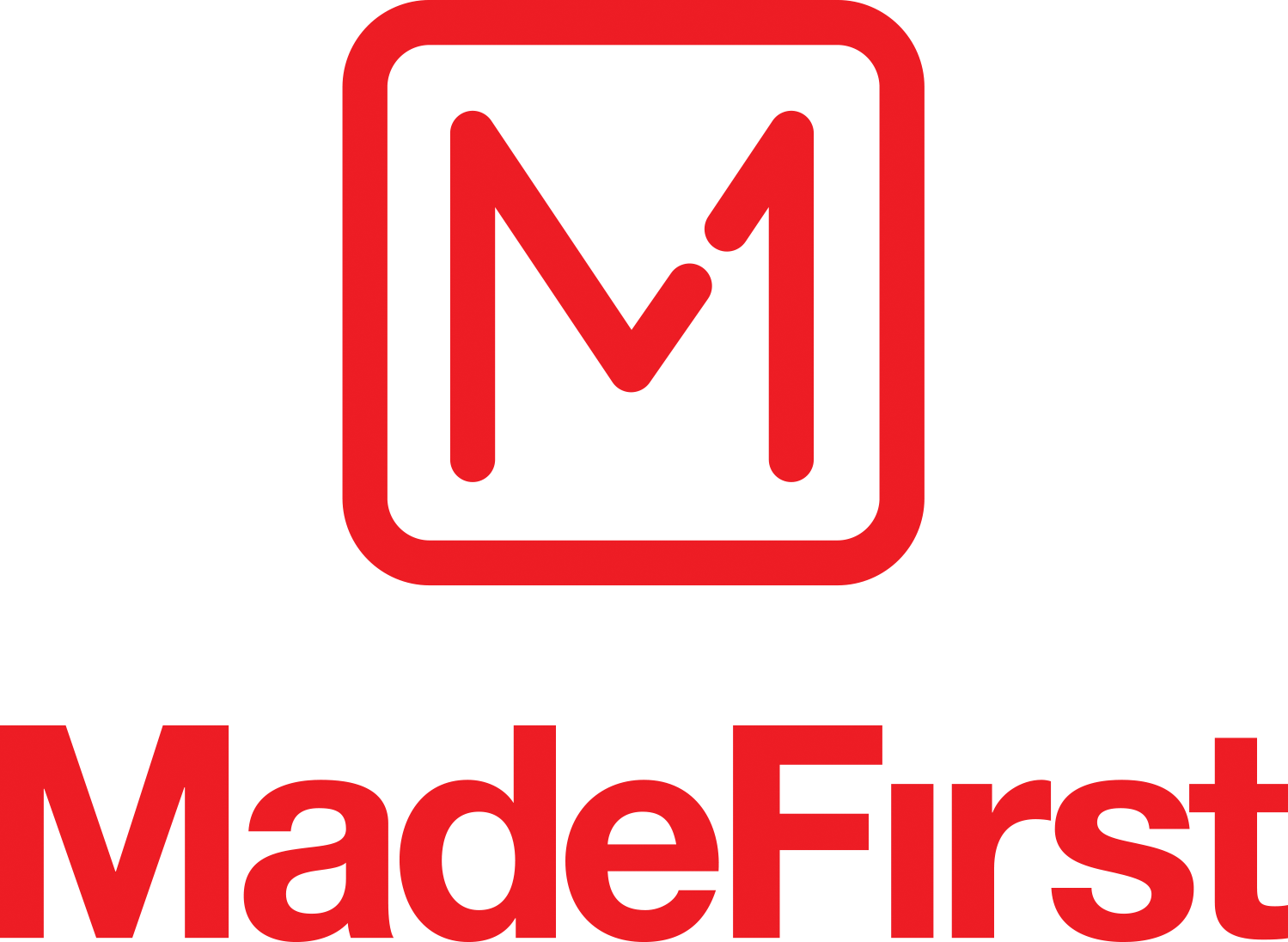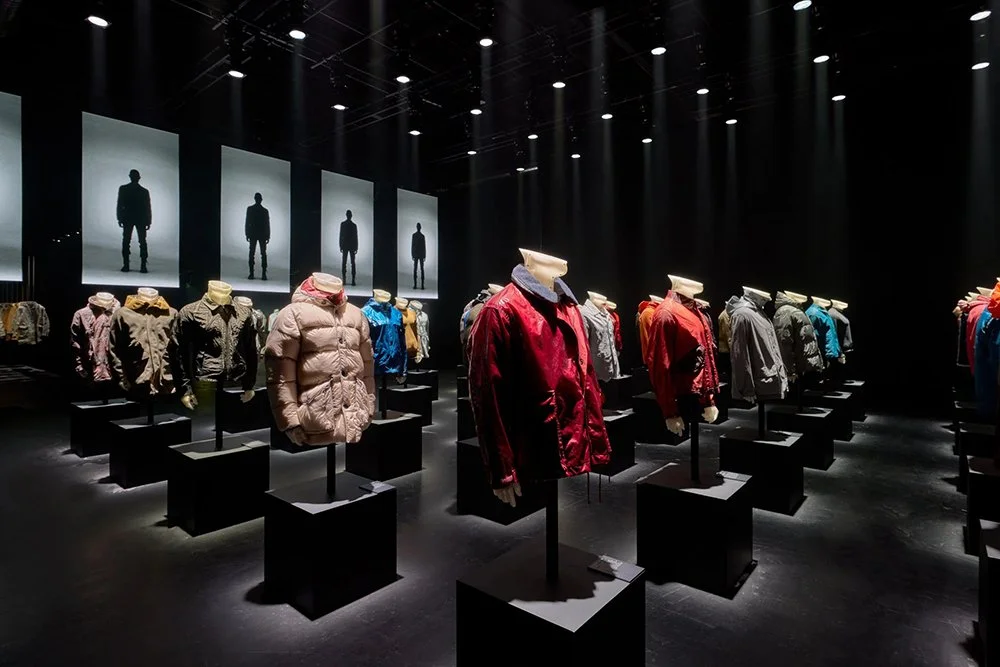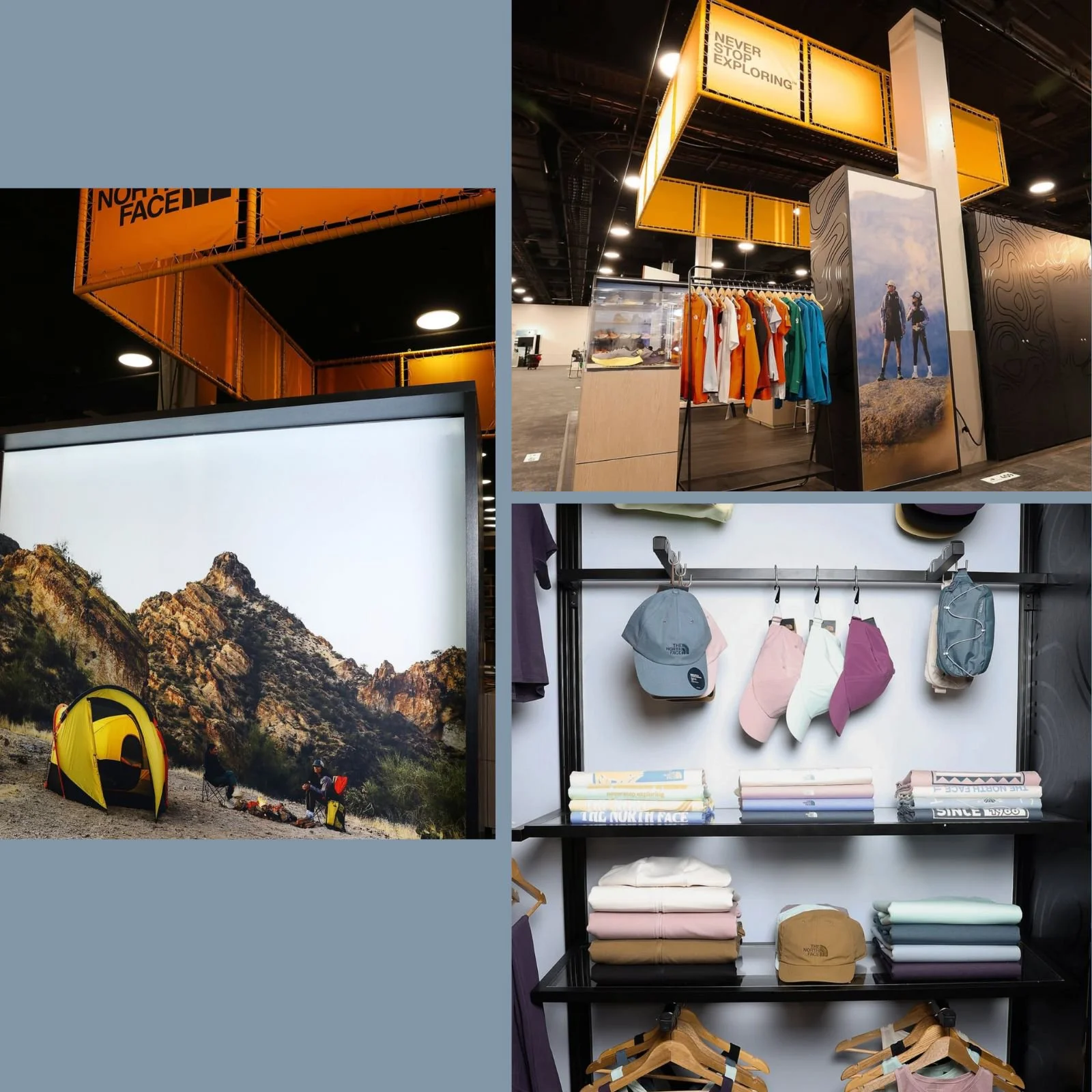Location is paramount in retail marketing, especially when influencing purchasing decisions. That’s the value of point-of-purchase displays. These are eye-catching materials strategically placed in high-traffic areas like the ends of store aisles and next to the checkout area. MadeFirst specializes in designing and fabricating custom POP displays that grab attention, spark curiosity, and drive sales.
What Is a Point-of-Purchase Display?
A POP display is a promotional structure or visual element placed near a product or purchase point. In a brick-and-mortar store, POP displays can be physical, digital, or a hybrid.
Even virtual banners or graphics on an e-commerce site can fulfill the goal of catching shoppers’ eyes and providing additional information or incentives to buy – especially browsers who entered the store without a specific purchase in mind.
Benefits of Custom POP Displays
You can think of point-of-purchase displays as on-the-spot opportunities to influence consumer behavior where buying decisions happen.
1. Catch Customers’ Attention
POP displays stand out in the retail environment, offering a larger, more visually compelling format than standard product packaging. When designed effectively, these displays attract attention from a distance, making customers stop, look, and engage.
2. Educate Buyers
Limited packaging space makes it harder to communicate your product’s benefits or unique value proposition. POP displays offer more real estate to educate customers and build trust with detailed descriptions, QR codes, samples, or interactive screens.
3. Target Impulse Buyers
Shoppers often make unplanned purchases while browsing. A purposefully placed POP display can nudge impulse buyers by highlighting convenience, new features, exclusivity, or special pricing.
4. Reduce Marketing Costs
POP displays offer a cost-effective way to amplify campaigns without expensive media buys. Retailers and brands can repurpose creative assets from other marketing efforts and present them to in-store customers.
5. Improve Retail Merchandising
Companies can provide retailers with predesigned POP displays that present their products consistently and professionally. This tactic streamlines store setup and maximizes visibility without requiring additional labor or planning from retail staff.
6. Provide Flexible Product Placement
POP displays allow brands to stand out by positioning their products outside traditional shelf space. Whether placed at the end of an aisle, near the entrance, or beside complementary items, these displays increase the chances of discovery.
Why Choose MadeFirst for Your POP Displays?
From the initial rough sketch to the final installation, MadeFirst delivers end-to-end support for your retail display needs. Our expert fabricators, designers, and engineers work with brands of all sizes to create one-of-a-kind, results-driven experiential marketing campaigns.
We’ll bring your ideas to life with our in-house design services, CAD software, carpentry, paint, and 3D fabrication tools – including a CNC machine and KUKA robotic arm. Whether you’re launching a new product or looking to increase brand visibility at retail, we provide custom solutions that meet your goals and budget.
Are you ready to make your product pop? Reach out to us today for a memorable display that gets results.









